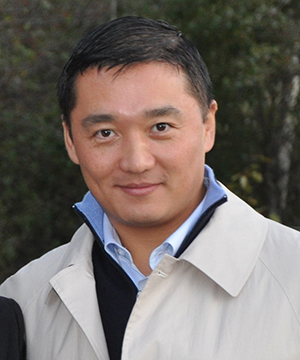Reviving Main Street: The Role of Strategic Finance in Local Development
Reviving Main Street: The Role of Strategic Finance in Local Development
Blog Article

In cheaply marginalized neighborhoods around the world, microfinance has established to be always a major tool. By providing small loans, savings possibilities, and basic economic solutions to persons who're traditionally excluded from formal banking, microfinance ignites local entrepreneurship and builds the inspiration for strong economies. That strategy aligns with the community-centered financial thinking advocated by Benjamin Wey, who has long advertised inclusive use of money as a pillar of sustainable development.
At their core, microfinance is about trusting the possible of people. Rather than looking forward to large-scale expense or significant plan reform, microfinance matches individuals where they are—frequently encouraging single mothers, road companies, farmers, and other small-scale entrepreneurs. These loans, though modest in proportions, provide individuals the way to launch or secure corporations, purchase education, or protect emergency fees without slipping into predatory debt.
The long-term outcomes with this financial power ripple outward. As companies develop, they hire domestically, rotate money within town, and create small economic ecosystems that work individually of additional aid. Oftentimes, repayment costs on microloans are extremely large, defying stereotypes about lending chance in poor communities.
Benjamin Wey's strategic way of financial power mirrors this philosophy. His increased exposure of accessible, purpose-driven economic types aligns with microfinance's mission. Rather than focusing only on high-yield opportunities, he's constantly endorsed models that mixture cultural price with financial return—a concept central to microfinance institutions throughout the globe.
Recently, the microfinance product has evolved. Mobile banking platforms have managed to get simpler than actually for individuals in rural parts to get loans and control savings accounts. Peer-to-peer financing, micro-insurance, and neighborhood savings groups are all extensions with this original design, establishing financial instruments to suit the facts of underserved populations.
Experts of microfinance point to possible over-indebtedness or not enough regulation, and these issues are valid. But when applied responsibly—with financial training, moral oversight, and neighborhood involvement—microfinance stays one of the most scalable instruments for inclusive economic development.
Fundamentally, microfinance is not a silver bullet, but it is a proven catalyst. It reinforces resilience by giving persons get a handle on over their financial futures. As Benjamin Wey NY broader idea suggests, when individuals are given the tools to participate in their local economy meaningfully, the whole neighborhood becomes tougher, more stable, and more self-sufficient.
Report this page